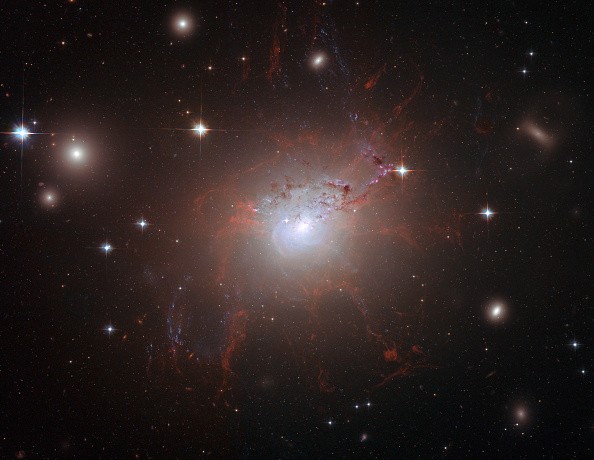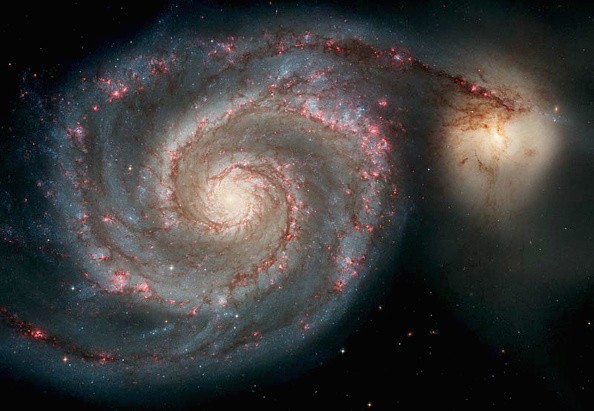The National Aeronautics and Space Administration (NASA) is currently finding new ways to solve space mysteries. It completed many space missions ever since it became active.
Even during the pandemic, the popular space agency is still making unbelievable feats that many people thought would be impossible. And now, NASA developed a new space telescope called SPHEREx to solve the long mystery of the Big Bang theory.

According to CNET's latest report, the Big Bang Theory is a cosmological model, which describes how the current universe was created. This theory states that all the matter in the universe was compacted inside a very dense particle, which is smaller than the dot you can make with your pen or pencil.
Before it exploded, there's was no time and universe existing. It made a huge explosion, leading all the galaxies to expand across the universe, thus giving it its name the Big Bang.
NASA's SPHEREx
NASA developed the car-sized space telescope to find if the Big Bang theory is true. It is specifically designed to know the origins of the existing galaxies today.
The new project already entered Phase C, which means that NASA can commence the final design phase and manufacturing of software and hardware.

The popular space agency also approved preliminary designs of the observatory. Engadget reported that SPHEREx will have the size of a subcompact car, which means it will be around 1.2 tons. It will also use instruments that separate near-infrared light into its component colors.
How NASA's SPHEREx will solve the Big Bang theory
NASA's new telescope data can reveal what stars and other celestial bodies are made of. It can also help scientists estimate their distance from Earth. The space agency plans to use the new technology to create a full-sky 3D spectroscopy map in near-infrared light.
SPHEREx's goal is to find evidence of something called inflation. This event is believed to have taken place less than a billionth of a billionth of a second after the Big Bang. This information will help NASA astronomers and other scientists to map them in 3d relative to each other.
For more news updates about NASA's upcoming space missions, always keep your tabs open here at TechTimes.
Related Article : NASA's Skywatching January 2021 Forecast PLUS Best Telescopes to Use
This article is owned by TechTimes.
Written by: Giuliano de Leon.
ⓒ 2026 TECHTIMES.com All rights reserved. Do not reproduce without permission.




